
We recently discussed the role and benefits of Workforce Manager platforms with a few of our internal experts. The following Q&A is the third in a series of blogs and highlights the impact on customer experience and satisfaction.
How does Workforce Management technology improve employee responsiveness and agility?
Trent Cherin (VP Strategic Partnerships): “Business owners always appreciate it when a customer calls with a possible request late in the day… and they’re able to pull it off because they are agile! With technology, they can know exactly where their workforce is. They know who’s available and they are able to dispatch someone close and be responsive to that customer’s needs.”
Brent Baughn (Director Customer Experience): “With mobile applications, you can communicate with your employees at any time and receive instant updates if the business need is directly related to an in progress or upcoming job. You’re able to even provide an entire workflow to your employees and gather vital progress information instantly through the mobile app. Technology platforms allow your organization to stay in touch and operate with maximum efficiency.”
Anthony Chang (VP Sales): “The technology allows an organization to receive real time updates on the processes happening throughout the day. This includes job status, paperwork being processed, and/or the locations of employees. These kinds of data points help you make scheduling decisions on the fly or pre-planned through a re-occurring schedule.”
How do your customers measure the success of Workforce Management tools?
Tom Mitchell (CEO): “As far as metrics, there are so many and they depend on each organization’s situation and capabilities utilized. Scheduling metrics include the time it takes for a delivery, the number of jobs per mobile worker, the time from order placed to time it dispatched, etc. Timekeeping metrics include time saved by not going to the office to punch a clock vs. just driving to the first job assignment of the day. Fleet performance metrics include the idle time of a vehicle or a person, unsafe driving behaviors such as speeding, etc. Wireless forms’ metrics include the time to turn around an invoice or collect a payment, the time for vehicles to return to home / HQ, the number of jobs completed per person, the value of those jobs per person. All of these impact customer satisfaction, not only for their customers, but ours as well.”
Brent Baughn (Director Customer Experience): “The biggest one is payroll reduction by eliminating payroll errors or undue overtime. Other KPI’s include accelerating speed to service by being able to get an employee out to a new customer quickly and also improving job costing by understanding how long it’s taking you to complete each segment of your workflow.”
Anthony Chang (VP Sales): “Customers measure their success and effectiveness of workforce management initiatives by with KPI’s tallied and recorded via the platform’s reporting capabilities. For example, being able to see equipment, inventory, even parts and pieces that are being used in day to day operations can show the rise and fall of products being sold for a customer. In addition, customers value being able to see where their employees are and their mileage trip times in order to determine if resources were allocated to the best of their abilities.”
How can leaders leverage data analytics to drive continuous improvement?
Brent Baughn (Director Customer Experience): “Leaders can use data analytics to determine a marketing strategy. One of the most intriguing examples was a customer who plotted past job completion submissions on a map to identify market penetration. And then they were able to find areas of opportunity in their region!”
Anthony Chang (VP Sales): “Leaders can drive continuous improvement by being able to see where they are weak vs. where they excel in day-to-day operations. Different reports and KPIs allow them to make the necessary changes to digitize and automate tasks, improving daily operations.”
Trent Cherin (VP Strategic Partnerships): “Anyone using a workforce application is going to use it for different things. The owner or dispatching may be looking at orders and a GPS history map to see where customers and employees were vs. need to be bet. Your leaders want thing served up to them – dashboards with charts and graphs which highlight the KPIs and show the bigger picture. That’s going to be critical. Make sure the application you’re looking at has that type of information for your C level team.”
Andrew King (VP Business Development): “By providing detailed data in an easily digestible format, decision makers can now quickly see areas of poor performance as well as areas where they are excelling. Data reporting allows administrators and leaders to make the key decisions which drive greater efficiency and profitable growth.”
Schedule a custom demo to discover the benefits of a Workforce Manager like TeamWherx®.
Share this post:
About the author : Actsoft Team
Actsoft’s team of industry experts have their fingers on the business world’s pulse. It’s our mission to deliver the latest news to keep you and your leaders on top of the latest trends, further helping you to excel and exceed your goals.














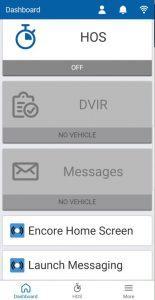
 Encore & Geotab Drive
Encore & Geotab Drive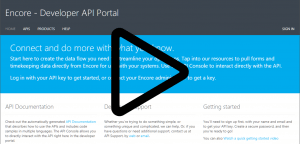
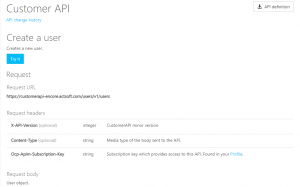
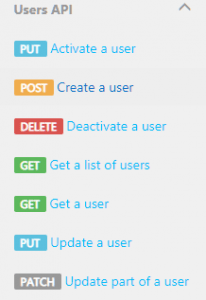
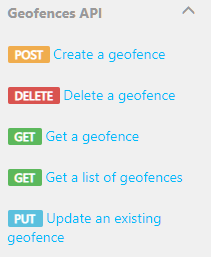
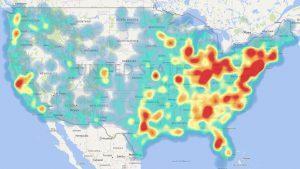
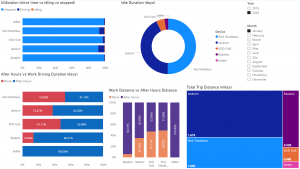
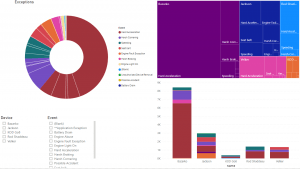
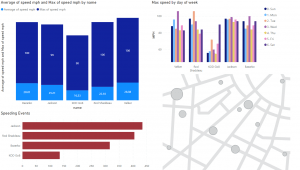
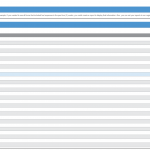
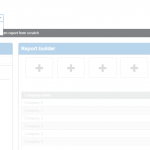
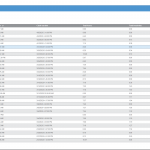
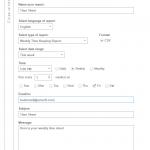


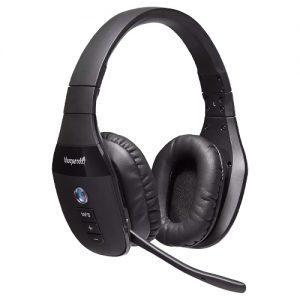
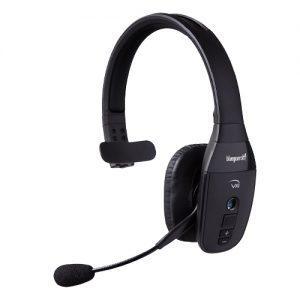
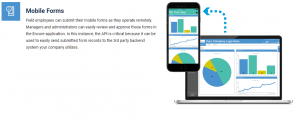
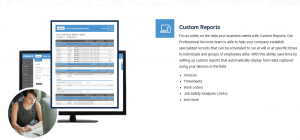
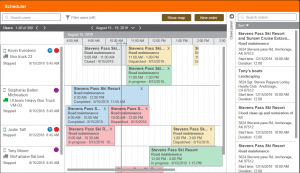
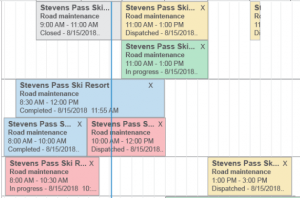
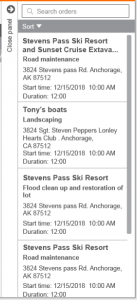
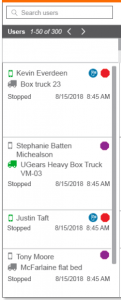
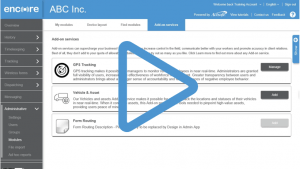
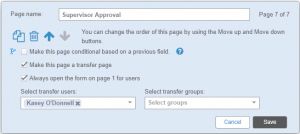
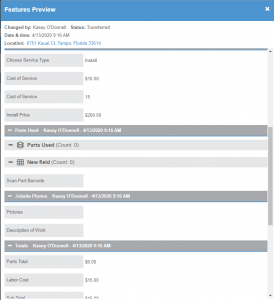
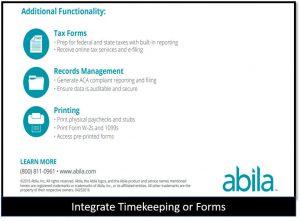
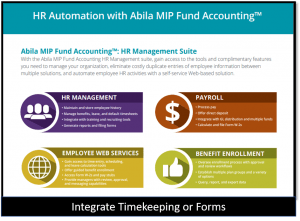
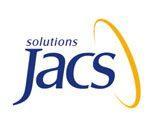
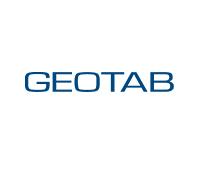 Gain even greater insight into the daily activities of your fleet using the combination of Geotab and Actsoft. Geotab devices provide detailed data collection and seamless integration with our solutions; learn more about the ways your vehicles are being used daily with the power of this tandem.
Gain even greater insight into the daily activities of your fleet using the combination of Geotab and Actsoft. Geotab devices provide detailed data collection and seamless integration with our solutions; learn more about the ways your vehicles are being used daily with the power of this tandem.

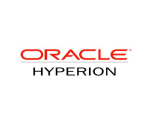
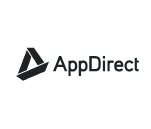
 Actsoft partnered with Odin to provide our solutions overseas, through payment processing integrations. Odin helps us support user management for our software; customers can also purchase our products through Odin’s billing platform.
Actsoft partnered with Odin to provide our solutions overseas, through payment processing integrations. Odin helps us support user management for our software; customers can also purchase our products through Odin’s billing platform.

 VisTracks powers our Electronic Logging Device (ELD) solution, which enables transportation businesses to easily automate their hours of service logs, remain in governmental compliance, and reduce their potential to incur costly fines.
VisTracks powers our Electronic Logging Device (ELD) solution, which enables transportation businesses to easily automate their hours of service logs, remain in governmental compliance, and reduce their potential to incur costly fines. Integration between Actsoft solutions and BeWhere’s software products is available. Take your team’s asset tracking, cellular data connectivity, and field insight a step further with effective, cross-application compatibility.
Integration between Actsoft solutions and BeWhere’s software products is available. Take your team’s asset tracking, cellular data connectivity, and field insight a step further with effective, cross-application compatibility.
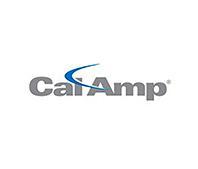 CalAmp tracking devices for vehicles and assets alike are compatible with Actsoft solutions, making it easy for you to efficiently monitor your equipment and fleet cars. Help your team enhance accountability, safety, and savings through a combination of easily installed hardware and intuitive software.
CalAmp tracking devices for vehicles and assets alike are compatible with Actsoft solutions, making it easy for you to efficiently monitor your equipment and fleet cars. Help your team enhance accountability, safety, and savings through a combination of easily installed hardware and intuitive software.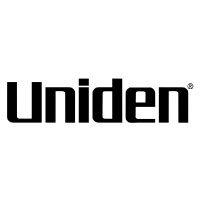 Our partnership with Uniden is ideal for companies looking to gain advanced diagnostics on their fleets. Uniden’s extensive product listing of car electronics like radios, dash cams, radar detectors, and in-vehicle communicators work in concert with Actsoft’s solutions to better connect your vehicles to the company headquarters.
Our partnership with Uniden is ideal for companies looking to gain advanced diagnostics on their fleets. Uniden’s extensive product listing of car electronics like radios, dash cams, radar detectors, and in-vehicle communicators work in concert with Actsoft’s solutions to better connect your vehicles to the company headquarters.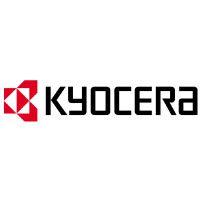 Kyocera offers a wide range of mobile devices, ranging in design from traditional phones to ultra-durable handset technology. Actsoft is able to equip organizations in a variety of different industries with solutions for improved business, while Kyocera supplies the technology they can flawlessly operate on.
Kyocera offers a wide range of mobile devices, ranging in design from traditional phones to ultra-durable handset technology. Actsoft is able to equip organizations in a variety of different industries with solutions for improved business, while Kyocera supplies the technology they can flawlessly operate on.

 Our software is the perfect complement to Apple’s user-friendly technology. Equip your workforce with the devices and solutions it needs for optimized productivity during daily operations with Apple and Actsoft.
Our software is the perfect complement to Apple’s user-friendly technology. Equip your workforce with the devices and solutions it needs for optimized productivity during daily operations with Apple and Actsoft.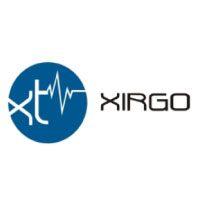
 Actsoft and Sanyo teamed up to merge intuitive business management software with the technology of today. This partnership allows us to provide you with all the tools your team needs for improved workflows, better coordination, and optimized productivity.
Actsoft and Sanyo teamed up to merge intuitive business management software with the technology of today. This partnership allows us to provide you with all the tools your team needs for improved workflows, better coordination, and optimized productivity. Motorola’s mobile technology works in tandem with our solutions to provide extra versatility to your business practices. Coupled with our software’s features, Motorola’s reliable devices make connecting your workforce simpler than ever to do.
Motorola’s mobile technology works in tandem with our solutions to provide extra versatility to your business practices. Coupled with our software’s features, Motorola’s reliable devices make connecting your workforce simpler than ever to do. We’re able to bundle certain solutions of ours (including our Electronic Visit Verification options) with Samsung devices to help your team achieve as much functionality as possible, while keeping rates affordable. Use these combinations for accurate recordkeeping, improved communication, and smarter data collection in the field.
We’re able to bundle certain solutions of ours (including our Electronic Visit Verification options) with Samsung devices to help your team achieve as much functionality as possible, while keeping rates affordable. Use these combinations for accurate recordkeeping, improved communication, and smarter data collection in the field.